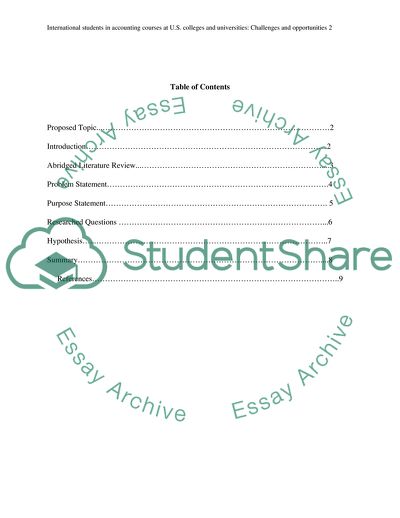Cite this document
(International Students in Accounting Courses at US Colleges and Case Study Example | Topics and Well Written Essays - 4500 words, n.d.)
International Students in Accounting Courses at US Colleges and Case Study Example | Topics and Well Written Essays - 4500 words. https://studentshare.org/education/1760201-abridged-literature-review
International Students in Accounting Courses at US Colleges and Case Study Example | Topics and Well Written Essays - 4500 words. https://studentshare.org/education/1760201-abridged-literature-review
(International Students in Accounting Courses at US Colleges and Case Study Example | Topics and Well Written Essays - 4500 Words)
International Students in Accounting Courses at US Colleges and Case Study Example | Topics and Well Written Essays - 4500 Words. https://studentshare.org/education/1760201-abridged-literature-review.
International Students in Accounting Courses at US Colleges and Case Study Example | Topics and Well Written Essays - 4500 Words. https://studentshare.org/education/1760201-abridged-literature-review.
“International Students in Accounting Courses at US Colleges and Case Study Example | Topics and Well Written Essays - 4500 Words”. https://studentshare.org/education/1760201-abridged-literature-review.


